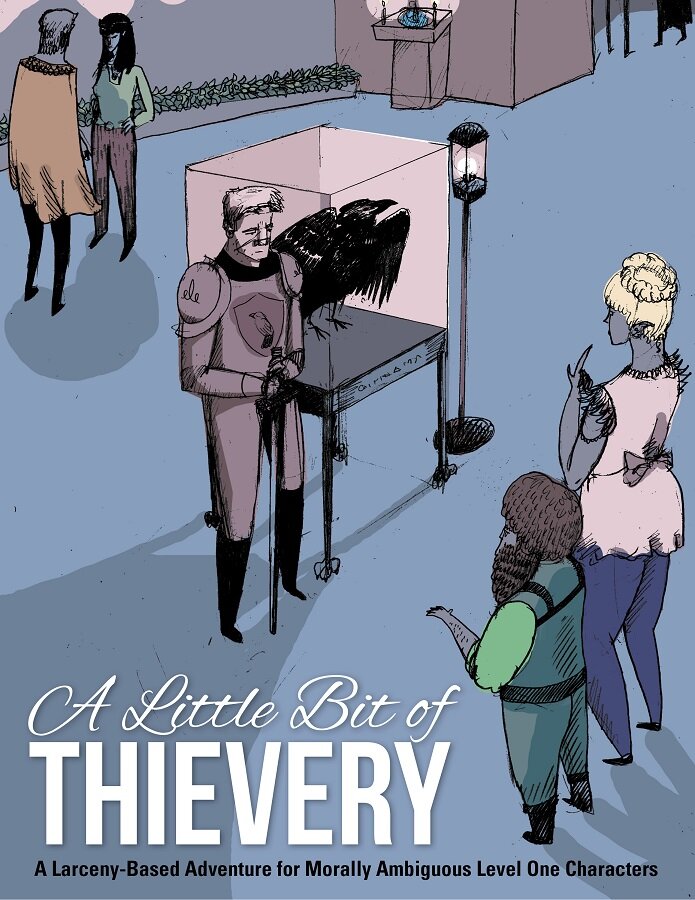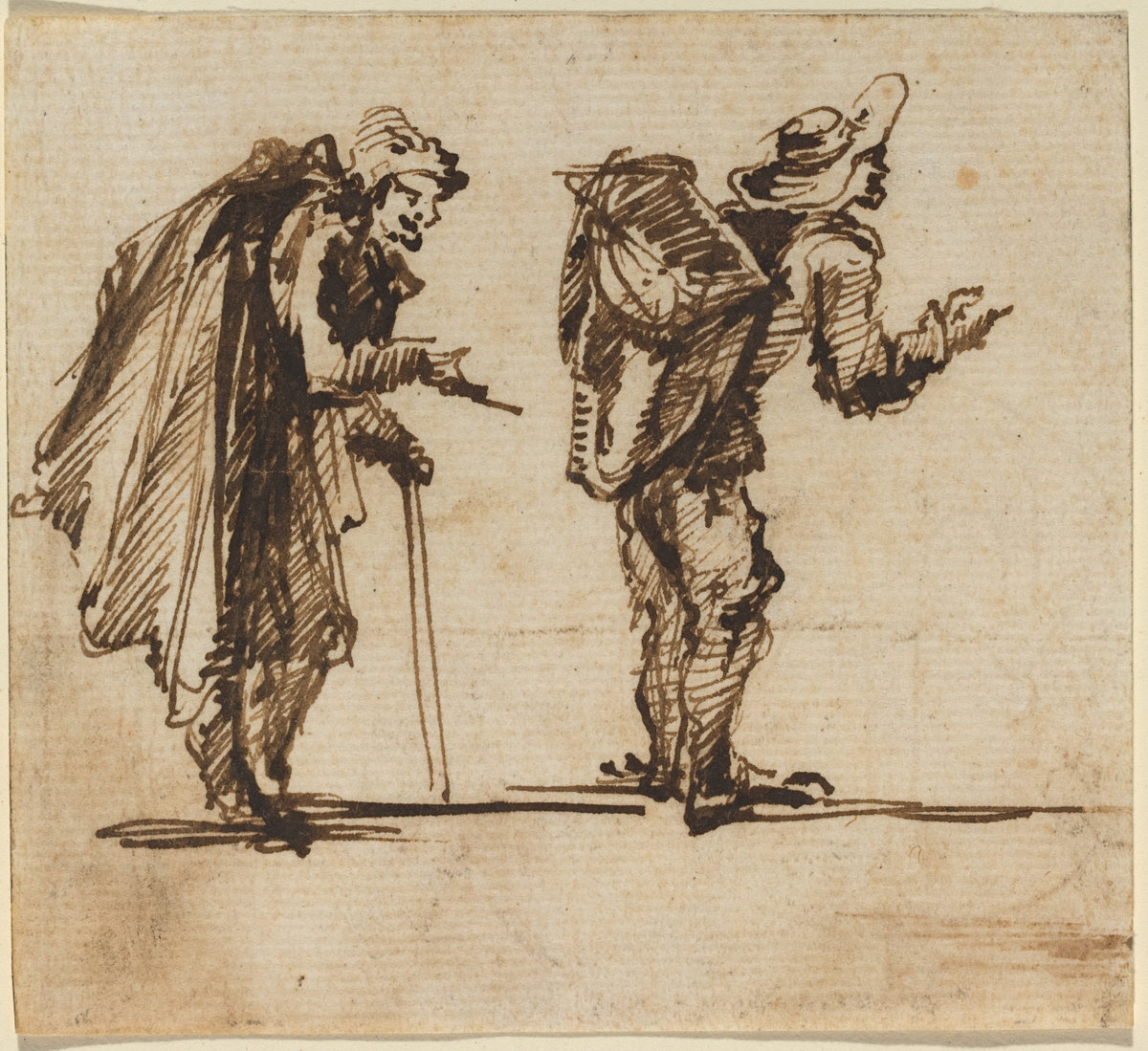West Marches III: Inventory Variant Rules
I have a problem with inventories in D&D. In general, they are complicated, involve substantial bookkeeping, and don’t add value to the to the game. Let me get this straight, you want me to figure out the weight of every item I am wearing and manage that, instead of coming up with fun new ways to fight dragons?
What’s a DM to do? I don’t want to overburden players, but there shouldn’t be a limit on what the motley crew can carry.
Take what you want, but not too much
In fifth edition, technically you get 15 lbs times your strength score. The rules are explicit that inventory isn’t really a thing you should worry about. See your PHB 176 “[Your carrying capacity] is high enough that most characters don’t usually have to worry about it.”
There is this interesting contrast between equipment, which is very detailed, and the rules to carry it which “most characters don’t usually have to worry about it.” If we are going to detail out all of the super useful items players can buy, borrow, and steal, shouldn’t we have a slick system to carry them around? My guess is that the designers are really trying to handwave a boring part of the game, while simultaneously giving the DM something to point to when the players try to haul 75 quivers of arrows, 9 short swords, and 84 pounds of silver.
Ok. Cool. I don’t want to force my players to account for the weight of every coin, so the “take what you want, but not too much” system is one that I use. It’s worked out fine. My players even respected me when I asked them how they are going to haul a life sized wooden horse out of the Amber temple.
This system supports the type of play that our previous campaign had. The characters were based in a town, and most nights they landed at the local inn. No need to account for every trail ration.
But campaigns change.
West Marches – Survival and Exploration
I am planning to run a West Marches-style game and there is an emphasis exploration and survival in the untamed wilds. While the style of game notes that each session should begin and end in town, parties can travel for days questing for an objective, and there isn’t a friendly inn each night. Food is important. Carrying capacity is important. Ammunition is important.
So how to take care of this without forcing everyone to hire an accountant to play D&D?
Let's build a inventory system. Before we start, I'll define what I am trying to do. I want an inventory system that is:
• Easy to use
• Allows the players to make decisions by providing a constraint on what they can carry
Part of the solution: Slots
The premise of this model is based on slots This is not a new idea; video games such as Diablo, Darkest Dungeon, or System Shock 2 give the protagonist(s) slots to deal with their inventory, and this, to me, is a better way to go. The system is simple and there is no accounting that occurs on the side of the players (beyond the exciting mini-game of stacking all gear in just the right way so you can carry 3 sets of armor back to town). Some tabletop RPGs, such as Torchbearer have gone in this direction as well.
I decided on five slots for weapons/equipment, one for armor (which includes a cloak and other clothes), two for potions, and one for ammunition. A character’s backpack can carry their Strength modifier plus two weapons/miscellaneous additional slots. For our purposes a Weapons/Equipment slot can hold any item on the Adventuring Gear List (PHB page 150) unless it is over 25 pounds. They can also hold any weapon, unless it has the heavy or two-handed tag, in which case then it takes two.
A quick example:
Sil a 3rd level War Cleric is gearing up for her next adventure. For her armor slot, she wears chainmail over her common clothes and completes the outfit with a stout woolen cloak to protect against the rain. For weapons, she uses 4 of her slots on a longsword, a shield emblazoned with her holy symbol, and a light crossbow (a two-handed weapon that uses two slots). She carries bolts for her ammunition, and two potions of healing. Sil has to choose between a dagger or a healer’s kit for her fifth weapons and equipment slot. Her strength modifier is +1 so she gets three slots for her backpack. She fills those slots with Adventuring Gear.
The Second Half: Adventuring Gear
Adventuring Gear is a concept from Dungeon World and is just that, all the odds and ends that are useful in an adventure. If your character needs something useful, say a rope, ammunition, torches for the entire party, or a 10ft pole, you cross off a slot of adventuring gear. Again, no need to account for every crowbar or bag of caltrops. One unit of Adventuring Gear costs 5gp and takes up a Weapon/Equipment slot or a backpack slot. A slot of adventuring gear can produce any item on the Adventuring Gear list that is 5gp or less.
To make the accounting even easier, we are going to assume that each character hauls all their basic necessities with them. Everyone has their own mess kit, bedroll, and necessary equipment to maintain (but not fix) their gear. This doesn’t take any slots, the characters are just assumed to have it.
Abstract Arrows
Ammunition falls in the same category of accounting. Who wants to sit there and cross off each arrow you fire? My players don’t and I used to rail against them for not counting ammunition. I finally realized the how cumbersome it was when I was a player in a longer campaign. I just didn’t have the attention. I paid the cost of two sets of bolts at the beginning of every 3-6 hour session and otherwise didn’t keep track. My DM never knew (sorry Joel!).
So let’s make this easy. When a character rolls a natural 1 they pulled their last arrow, bolt, or stone. They can use a use of Adventuring Gear to create a new set of ammunition.
Download here
I am not going to list all of the rules here, but if any of this interest you, feel free to download my Beta Inventory rules, along with a terribly designed inventory sheet.
I haven’t playtested these, but I soon will. Read them over and let me know what you think.






